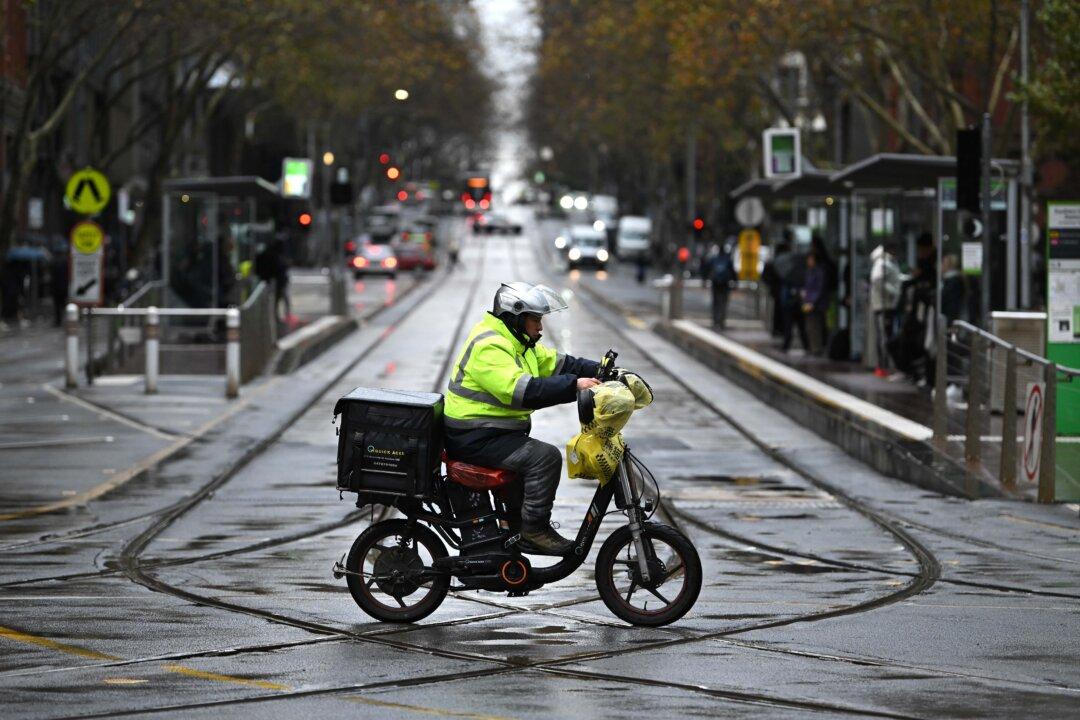“Big Four” bank Westpac is closing several branches in Victoria and New South Wales (NSW) to the dismay of Australia’s Financial Sector Union (FSU).
The FSU said it has been notified by the bank that it is planning to close the Westpac branch in Newcastle along with four branches run by its subsidiary Bank of Melbourne.





